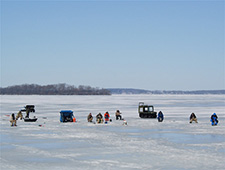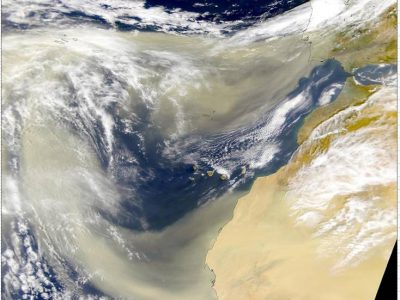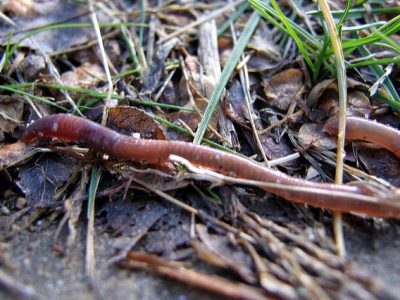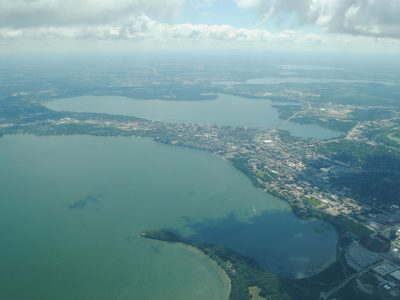Maintaining Ecosystem Services in the Yahara Watershed and Beyond
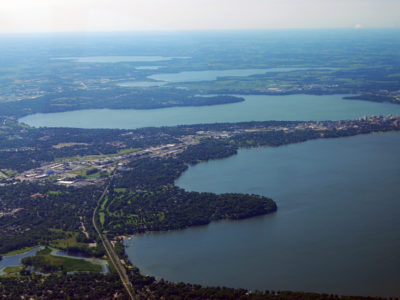
The Yahara may sound like the name of a vast desert, but it’s actually a 359-square mile watershed in southern Wisconsin. The Yahara Watershed is a mix of urbanized land (including the state capital), productive agriculture land, and a chain of lakes called the Yahara Lakes. Because of its diverse environment, the Yahara provides many… Read more »


